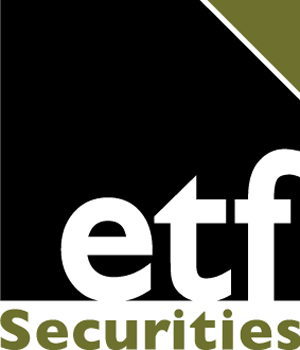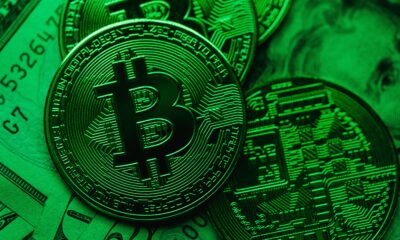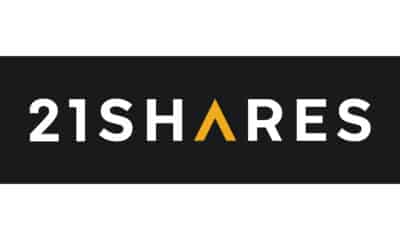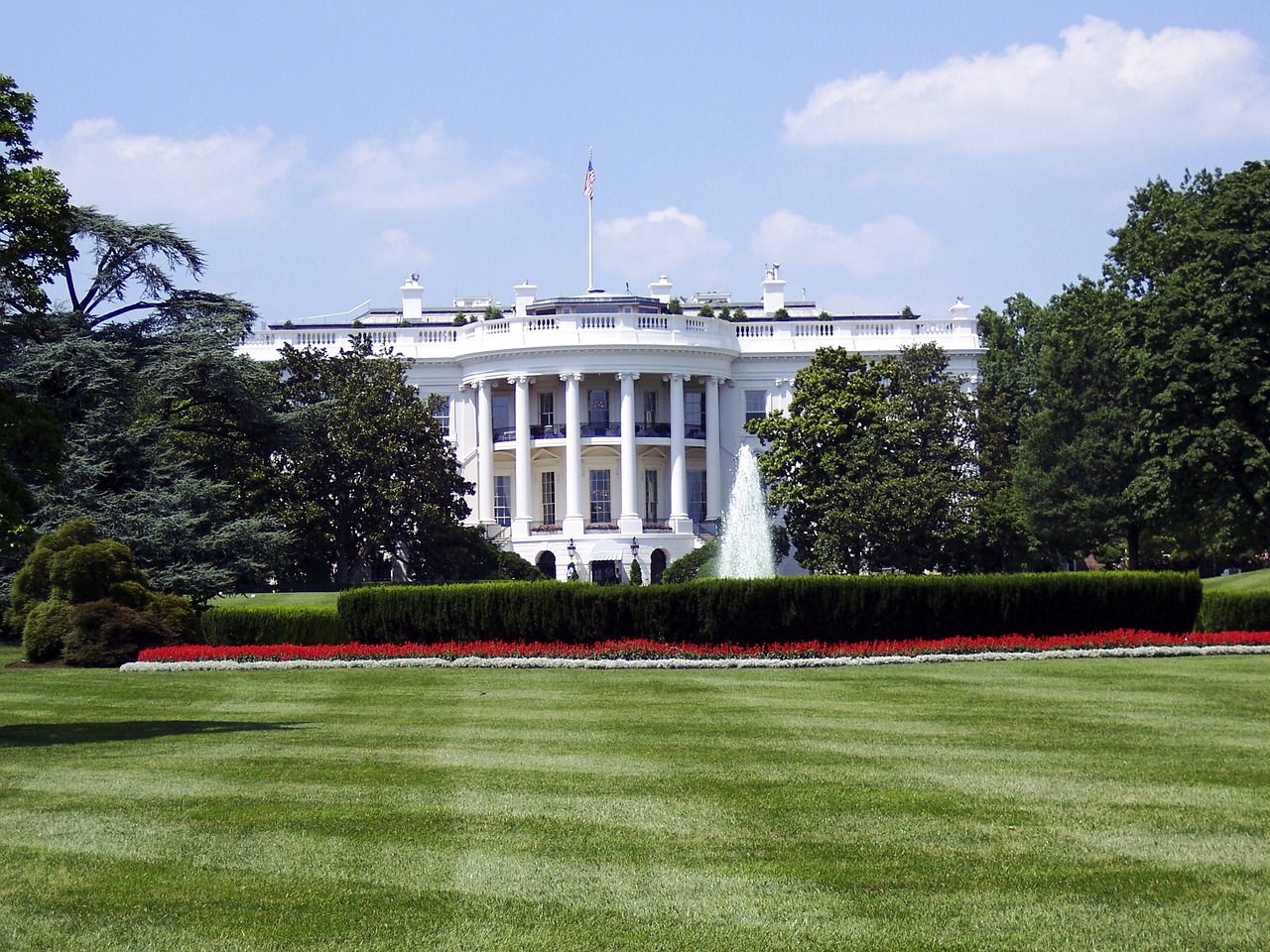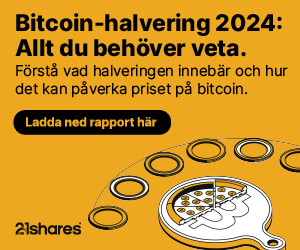Börshandlade råvarufonder är återigen en favorit. Råvaror var återigen en favorit under det första kvartalet 2014 då råvarupriserna steg 7 procent enligt DJ-UBS Commodity Index och börshandlade råvaruprodukter uppvisade nettoinflöden för första gången på fyra kvartal. Det totala kapitalet investerat i råvaru ETFer ökade till 122,4 miljarder dollar i slutet av första kvartalet 2014 från 122,1 miljarder dollar i slutet av 2013. De största inflödena under kvartalet gick till ädelmetaller, jordbruksprodukter och industrimetaller, med silver i toppen.
Guld såldes av under januari men blev åter mycket populärt under februari och mars när investerarna reviderade ner sina höga förväntningar på den amerikanska ekonomins tillväxt samtidigt som de blev mer riskaverta. Råvaru ETFer uppvisade stora inflöden under första kvartalet då många investerare valde tillgångsklassen som ett alternativ till aktier på de högt värderade utvecklingsmarknaderna, säger Peter Lidblom, Nordenchef på ETF Securities.
Sammanfattning av de främsta trenderna under första kvartalet 2014:
Råvaru ETFer uppvisade under kvartalet nettoinflöden för första gången på ett år. Totala nettoinflöden till råvaru ETFer uppgick till 271 miljoner dollar under första kvartalet 2014. Inflödena, i kombination stigande råvarupriser, bidrog till att det totala förvaltade kapitalet i råvaru ETFer steg till 122,4 miljarder dollar från 122,1 miljarder dollar i slutet av förra kvartalet.
Börshandlade silverprodukter uppvisade de största nettoinflödena av samtliga råvaror med 354 miljoner dollar. En trolig förklaring till de starka nettoinflödena är att investerare anser att silver ger motsvarande exponering som guld men med en hävstångseffekt.
Stark efterfrågan på börshandlade guldprodukter då investerare blev mer riskaverta. Börshandlade guldprodukter uppvisade de starkaste inflödena av alla börshandlade produkter under februari och mars, med inflöden om 322 respektive 536 miljoner dollar. Utflöden motsvarande 946 miljoner dollar under januari medförde att nettoutflödet under kvartalet uppgick till på 88 miljoner dollar. Det starka intresset för guld under slutet av kvartalet berodde i huvudsak på att investerare reviderade ned tillväxtprognoser för den amerikanska ekonomin samt ökade ekonomiska och politiska risker till följd av finansiell och politisk turbulens på ett antal tillväxtmarknader. Oron på Krimhalvön har även bidragit till att investerare vänt sig till guld som en försäkring mot fortsatta negativa politiska och ekonomiska överraskningar.
Risk för utbudsstörningar i Sydafrika driver platinapriset
En långdragen strejk i Sydafrika, som står för mer än 70 procent av det globala utbudet på platina, har pressat upp priserna under första kvartalet 2014.
Breda råvaru ETFer åter populära bland investerare
Intresset för råvaru ETFer med bred exponering markerar ett skifte mot råvaror som tillgångsklass. Priserna på många råvaror var vid årsskiftet långt under toppnoteringarna för tre år sedan, vilket i kombination med att värderingen på aktier i utvecklingsländer börjar se ansträngd ut, har gjort att ett antal investerare börjat allokera mot råvaror under de senaste två månaderna.
Jordbruksprodukter allt mer populära i takt med ökade marknadspriser
Börshandlade jordbruksprodukter återhämtade sig under första kvartalet och uppvisade inflöden på netto 217 miljoner dollar, av vilket diversifierade börshandlade jordbruksprodukter stod för 182 miljoner dollar. Av samtliga jordbruksprodukter hade majs inflöden uppgående till 109 miljoner dollar under kvartalet.
Stora prisökningar i Arabicakaffe medförde vinsthemtagningar. Efter att kaffepriset sjönk till ett sjuårslägsta under 2013 uppvisade börshandlade kaffeprodukter rekordstora inflöden under 2013, vilket fick till följd att kaffepriset steg med 70 procent i början av 2014. Detta medförde i sin tur att investerare sålde börshandlade kaffeprodukter till ett värde av 264 miljoner dollar under februari och mars 2014. Idag har investerare positionerat sig för en fortsatt nedgång.
Vinsthemtagningar i börshandlade naturgasprodukter efter kraftiga prisökningar på amerikansk naturgas (Henry Hub) till följd av kallt väder i USA. Under andra hälften av 2013 uppvisade amerikansk naturgas (Henry Hub) inflöden när priset låg runt 3,5 dollar per MMBtu. I samband med pristoppen på 7,98 dollar per MMBtu i mars 2014 skedde vinsthemtagningar, vilket medförde utflöden i mars på 218 miljoner dollar. Precis som i fallet med kaffe positionerar sig investerare främst för en prisnedgång.
Börshandlade platinaprodukter uppvisade starka inflöden efter att en långdragen strejk i Sydafrika, som står för 70 procent av det globala utbudet, skapade oro för störningar i utbudet. Vi anser att det finns risk för en långdragen strejk och därmed fortsatta prisökningar och nettoinflöden till ETFer. För börshandlade kaffe- och naturgasprodukter såg vi däremot stora vinsthemtagningar efter att dåligt väder gjort att priserna på de båda råvarorna skjutit i höjden. Vad gäller börshandlade oljeprodukter uppvisade dessa nettoutflöden då stark amerikansk efterfrågan på olja gjorde att priset steg markant och många investerare passade på att säkra vinster, säger Peter Lidblom.
Om ETF Securities
ETF Securities är en av världens ledande och oberoende leverantörer av börshandlade produkter (ETP) och en pionjär inom råvaruområdet. ETF Securitiesär fokuserade på att utveckla likvida och transparenta investeringsprodukter som kan handlas på en majoritet av världens börser. Bolaget har en stark historia av produktinnovation och det är fortfarande en viktig grundbult i ETF Securities filosofi. EFT Securities listade världens första börshandlade guldprodukt 2003 och detta har följts av många andra marknadsledande investeringslösningar. Idag erbjuder ETF Securities vad bolaget anser vara världens mest omfattande sortiment av börshandlade råvaror och förvaltar cirka 19 miljarder dollar åt sina kunder världen över.*
* 31 mars 2014.

 Nyheter1 vecka sedan
Nyheter1 vecka sedan
 Nyheter4 veckor sedan
Nyheter4 veckor sedan
 Nyheter2 veckor sedan
Nyheter2 veckor sedan
 Nyheter3 veckor sedan
Nyheter3 veckor sedan
 Nyheter2 veckor sedan
Nyheter2 veckor sedan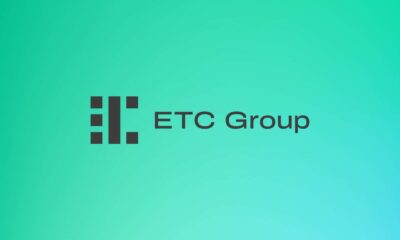
 Nyheter3 veckor sedan
Nyheter3 veckor sedan
 Nyheter3 veckor sedan
Nyheter3 veckor sedan
 Nyheter4 veckor sedan
Nyheter4 veckor sedan
